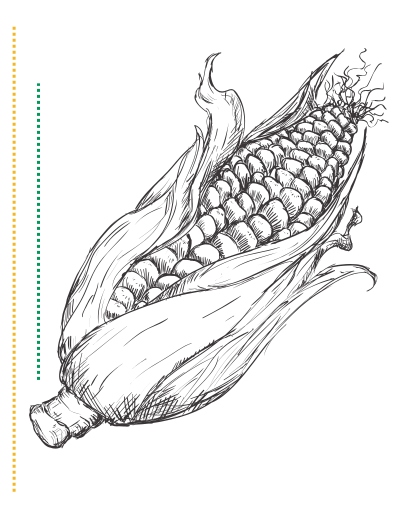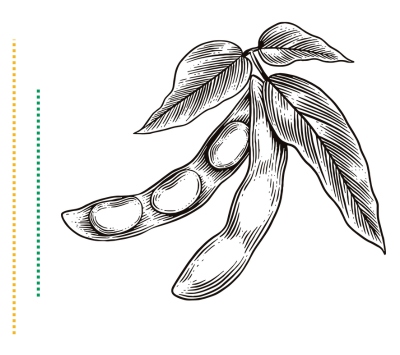Early spring brings with it the annual decision for crop insurance choices for the upcoming growing season. March 15th is the deadline for these decisions. This date is chosen because it is before planting of corn and soybeans begins. This is a good time to review the crop insurance that provides an important safety net to crop production.
Multi-peril insurance does what it says, providing coverage against most elements that can damage a crop. The five main items we worry about each year are:
- Drought
- Flooding
- Hail
- Frost
- Wind
Multi-peril policies also provide coverage for replanting costs if the first planting of a crop fails due to weather issues (provided crops are planted after mandated plant dates in early April), and a prevent plant option if weather conditions don’t allow planting by mid to late June.
Many farm operators carry a supplemental Hail Insurance Policy on top of their Multi-Peril Policy. Most farm operators carry the Crop Revenue option of multi-peril insurance. Crop Revenue protects against not only yield loss, but also price loss.
Each farm unit has its own level of coverage, based on a running ten-year yield history, with higher yielding farms being able to insure for a higher guarantee per acre, but also at a higher cost per acre.
Historic yields are one leg of the guarantee formula, while grain prices are the second.
These prices are established each year during the month of February, with the average Chicago Board of Trade new crop price (December for corn, November for soybeans) during that month being the price used for that growing season.
This year, those prices are $4.70/bu for corn and $10.54/bu for soybeans. The corn price is actually a little higher than last year, while soybeans are a substantial $1.00/bu lower than last year.
These prices reflect the diverging outlook for supply-demand issues for these crops that will likely lead to an increase in corn acres this year at the expense of soybeans. Crop insurance guarantees play into this decision, as the insurance safety net provides a better chance for lower losses on corn vs soybeans this year.
The third leg of the guarantee formula is coverage level. Coverages are available between 50 and 85% of proven yields, with higher coverage levels costing more per acre.
Crop insurance premiums are subsidized by the USDA with the highest subsidies as a percentage benefiting the highest coverage levels. Our experience is that most farm operators carry the 80 or 85% level of coverage.
There are some add-on policy options that can be purchased to bump up coverage to 90 or 95% to protect against shallow losses and with this year’s lower grain prices, especially for soybeans, this may be an option explored by more producers.
Add-on Insurance Policy Options for Corn
- Corn 215 bu yield history
- 85% coverage at $4.70/bu February prices
- $859/ac guarantee (215 x 85% x $4.70
Scenario 1: steady price | low yield
- 175 bu ac yield x $4.70/bu (Oct. avg. price) = $822.50/ac revenue
- $859 guarantee and $822.50 actual revenue = $36.50/ac payment
Scenario 2: lower price | steady yield
- 215 bu/ac x $4.00/bu (Oct. avg. price) = $860/ac revenue
- $859 guarantee and $860/ac actual revenue = break-even results

Add-on Insurance Policy Options for Soybeans
- Soybeans 60 bu/ac yield history
- 85% coverage at $10.54/bu February prices
- $537.54/ac guarantee (60 x 85% x $10.54)
Scenario 1: steady price | low yield
- 45 bu/ac x $10.54 (Oct. avg. price) = $474.30/ac revenue
- $537.54 guarantee and $474.43 actual revenue = $63.11/ac payment
Scenario 2: lower price | steady yield
- 60 bu/ac x $9.00/bu (Oct. avg. price) = $540/ac revenue
- $537.54 guarantee and $540/ac actual revenue = break-even results

During years of higher grain prices, it is common to see the crop insurance safety net ensure a profitable outcome for the average producer. This is not one of those years.
The corn floor is much closer than the soybean floor to providing break-even coverage, but in both cases, excellent yields or a substantial move higher in grain prices will be needed to result in a favorable year given current production costs.
Supplemental government farm program payments may also come into play, but this will be a topic for our summer newsletter when we should have more clarity on this potential.
>Read more Today’s Land Owner Spring 2025:



